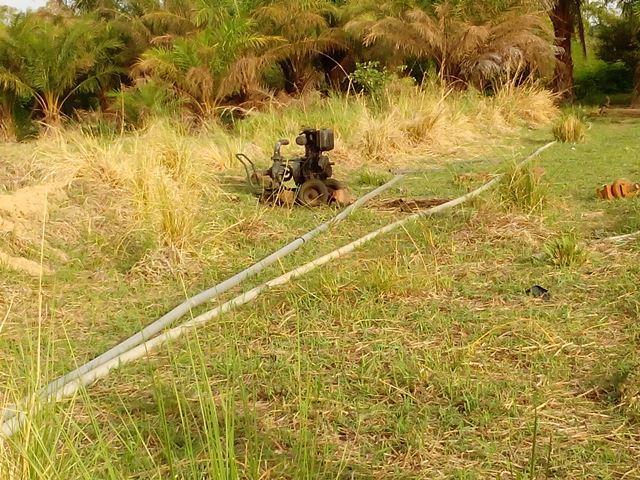Barrage de la Tapoa
Barrage de la Tapoa
- Country:
- Burkina Faso
- Site number:
- 1876
- Area:
- 3,479.0 ha
- Designation date:
- 10-07-2009
- Coordinates:
- 12°06'53"N 01°43'30"E
Carousel
CarouselMaterials presented on this website, particularly maps and territorial information, are as-is and as-available based on available data and do not imply the expression of any opinion whatsoever on the part of the Secretariat of the Ramsar Convention concerning the legal status of any country, territory, city or area, or of its authorities, or concerning the delimitation of its frontiers or boundaries.
The Tapoa dam, built in 1961 on the temporary Tapoa river, is in the northern Sudanian area (Sudanian domain) in the east of Burkina Faso. It is the principal water reservoir in the region and home to various flora and fauna, while providing income-generating activities to local communities. The Tapoa, a tributary of the River Niger, flows only six months a year between June and December, during and following the rainy season. At the end of the dry season, it is almost completely dry. The Ramsar Site is noted for its importance as a breeding area for numerous fish species, including Oreochromis niloticus, Sarotherodon galilaeus, Lates niloticus and Hyperopisus bebe. The Site contributes to the financial empowerment of local communities: it supports fishing, animal rearing and market gardening, and allows people and particularly women to generate income from non-timber forest products. As a result of its large water storage capacity, the reservoir is important for groundwater replenishment and flood control. The Site faces several threats including siltation of the reservoir, over-exploitation of fish resources, overgrazing, and bushfires. Despite the absence of a management plan, the participatory management of the Site by grassroots communities (groups of fishers and farmers) ensures conservation of the biodiversity.
Administrative region:
Tapoa
Last publication date:
27-04-2017
Ramsar Information Sheet (RIS)
- BF1876RIS_1704_fr.pdf
- BF1876RISformer_160801.pdf
Archived RIS
Site map




